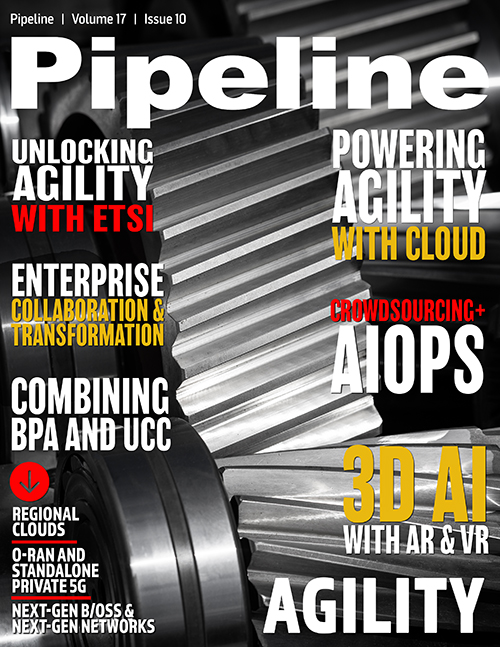Powering Agility with Openness and Automation
What about ease?
We have now covered the adverb quickly and seen how openness and disaggregation can help us get there. Now let's talk about the other: easily.
We’ve already seen that by embracing a disaggregated model, we have greatly eased the effort of making changes in the network. We can change each layer independently, and we minimize the need to rip and replace.
It’s not enough to move quickly, though, if doing so requires an army of developers, testers, and operators to realize the value of an open and disaggregated system. We need a model in which making changes to our network is analogous to loading an app on our smartphone: not something we do every day, but also not something that requires lots of time and effort.
Once again, it’s the cloud to the rescue. Along with the idea of agile development, we have some other useful tools with their roots in the cloud. One of these is continuous integration and continuous delivery, or CI/CD. With CI/CD we set up automated machinery to ease the task of developing, testing, and delivering software into production.
Another place where automation can help make things easier is in the realm of management and orchestration, or MANO. With MANO software, we can quickly and easily deploy new software and applications into the network. And we can even turn up new systems in a zero-touch manner, removing the need for pre-configuration or the presence of a technician onsite for installation.
Finally, we can make our lives easier by getting help. Whether they are suppliers, or value-added resellers, or pure integrators, there are partners available. These partners can take a set of best-of-breed components, integrate them, and deliver them as a turnkey system. You get agility with an open system that supports quick and easy innovation without the effort of having to integrate yourself.
You can also select an open architecture and buy all the components from one supplier. This may sound like sticking with the closed model, but it’s not. Because the architecture is open, you are choosing to buy from one supplier, not being forced to. And later you can make changes independently from the supplier—again, because it’s your choice.
Shifting how we think
If we want to be more agile, we must change how we do things—and how we think.
Doing the same old thing will yield the same old results. By embracing openness and automation, we can achieve the vision of agility. We can move more quickly and more easily with our planned innovation, as well as in response to unplanned external events. We must also embrace new architectures that are open and disaggregated. We must also change how we work to use shorter cycles and a broader circle of collaborators. Finally, we must change how we think. We must be willing to go faster and make some mistakes, and correct when needed. Together, these changes will enable us to achieve true agility.



















